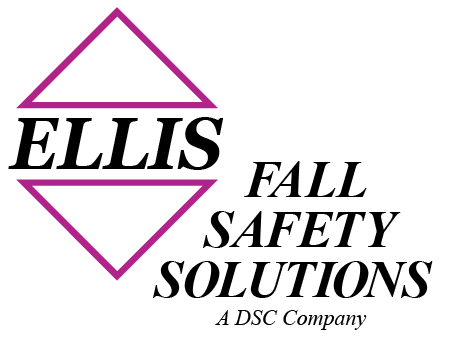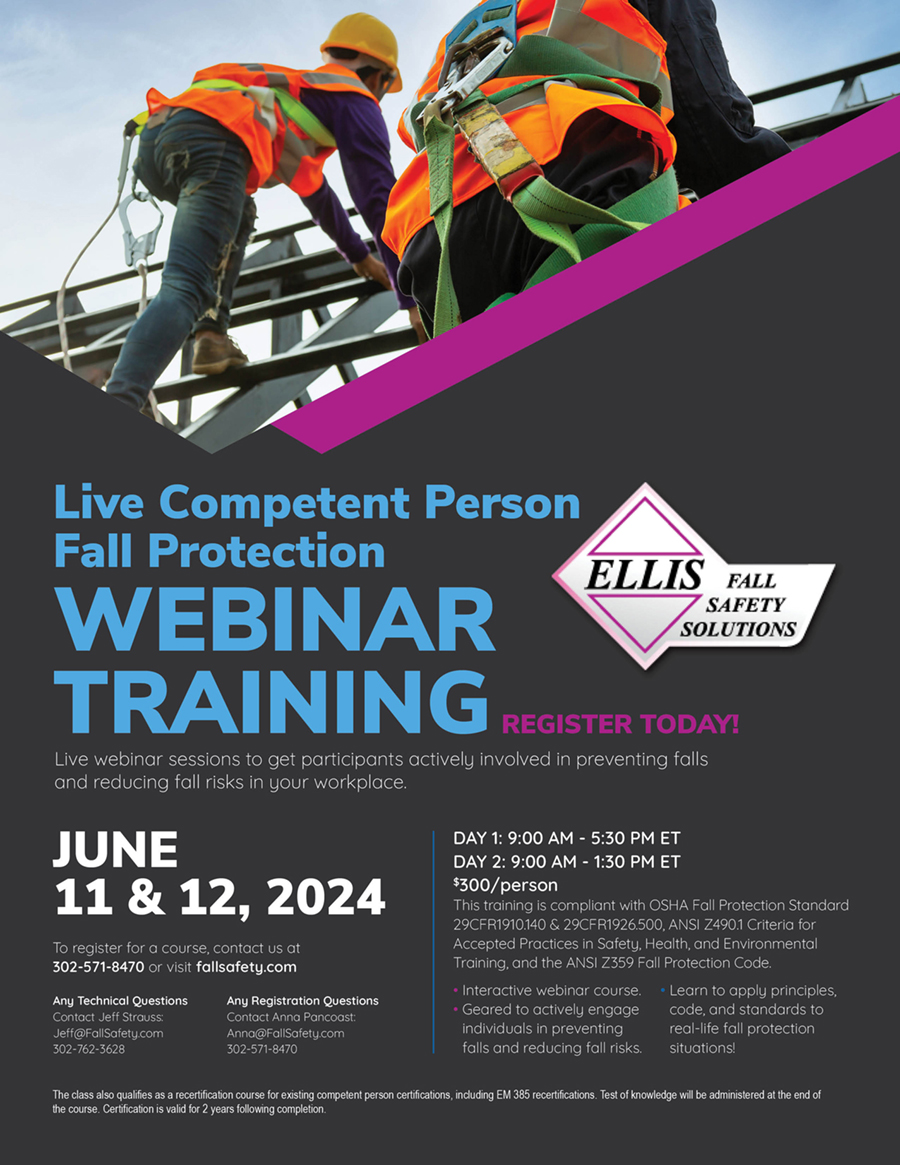Ladders comprise an almost infinite combination of steps and handholds for ascent and descent from one level to another. In general, there are 12 inches between each level, and the horizontal gripping element and foot placement are called “rungs”. Rungs can be supported by side rails at each end, typically 16-18 inches apart. If ladders can be moved by hand or crane, they are called portable. If they are bolted or welded to the structure, they are called fixed. Sidestep refers to rungs that continue up and the climber steps to a platform at the side. A walk-through is a series of rungs that stop, but the side rails continue up and the climber exits to a platform between the side rails.
See “Introduction to Fall Protection, 4th Edition” page 121.
Order your copy of “Introduction to Fall Protection, 4th Edition” today. This invaluable resource will take you from the structure design stage to post construction maintenance. Click to find out more!

